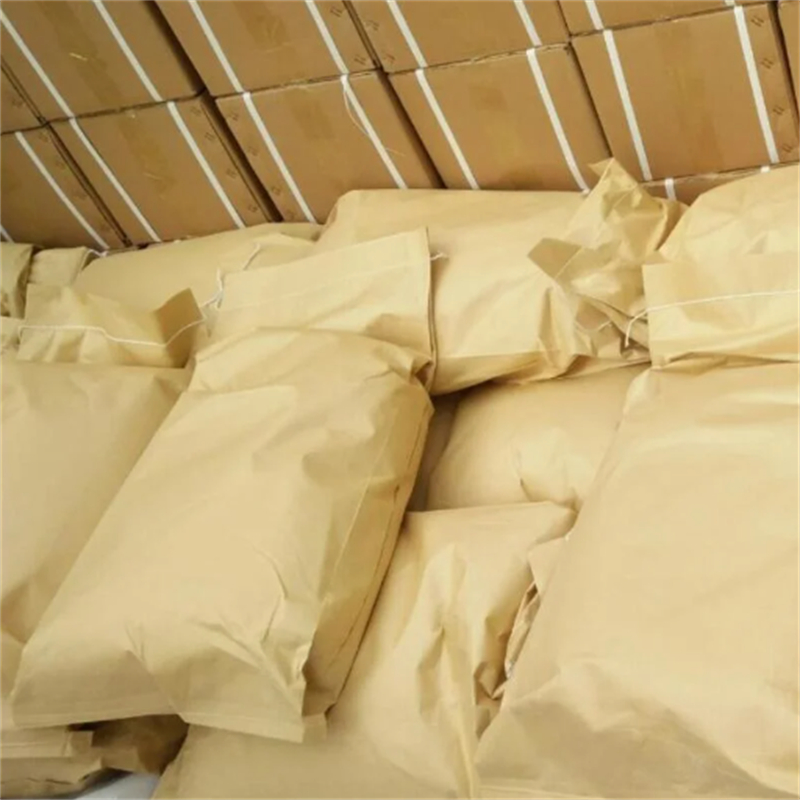Warning: Undefined array key "title" in /home/www/wwwroot/HTML/www.exportstart.com/wp-content/themes/1198/header.php on line 6
Warning: Undefined array key "file" in /home/www/wwwroot/HTML/www.exportstart.com/wp-content/themes/1198/header.php on line 7
Warning: Undefined array key "title" in /home/www/wwwroot/HTML/www.exportstart.com/wp-content/themes/1198/header.php on line 7
Warning: Undefined array key "title" in /home/www/wwwroot/HTML/www.exportstart.com/wp-content/themes/1198/header.php on line 7
- Afrikaans
- Albanian
- Amharic
- Arabic
- Armenian
- Azerbaijani
- Basque
- Belarusian
- Bengali
- Bosnian
- Bulgarian
- Catalan
- Cebuano
- China
- China (Taiwan)
- Corsican
- Croatian
- Czech
- Danish
- Dutch
- English
- Esperanto
- Estonian
- Finnish
- French
- Frisian
- Galician
- Georgian
- German
- Greek
- Gujarati
- Haitian Creole
- hausa
- hawaiian
- Hebrew
- Hindi
- Miao
- Hungarian
- Icelandic
- igbo
- Indonesian
- irish
- Italian
- Japanese
- Javanese
- Kannada
- kazakh
- Khmer
- Rwandese
- Korean
- Kurdish
- Kyrgyz
- Lao
- Latin
- Latvian
- Lithuanian
- Luxembourgish
- Macedonian
- Malgashi
- Malay
- Malayalam
- Maltese
- Maori
- Marathi
- Mongolian
- Myanmar
- Nepali
- Norwegian
- Norwegian
- Occitan
- Pashto
- Persian
- Polish
- Portuguese
- Punjabi
- Romanian
- Russian
- Samoan
- Scottish Gaelic
- Serbian
- Sesotho
- Shona
- Sindhi
- Sinhala
- Slovak
- Slovenian
- Somali
- Spanish
- Sundanese
- Swahili
- Swedish
- Tagalog
- Tajik
- Tamil
- Tatar
- Telugu
- Thai
- Turkish
- Turkmen
- Ukrainian
- Urdu
- Uighur
- Uzbek
- Vietnamese
- Welsh
- Bantu
- Yiddish
- Yoruba
- Zulu
ئۆكتەبىر . 04, 2024 20:31 Back to list
polyethylene glycol polypropylene glycol
Understanding the Role of Polyethylene Glycol and Polypropylene Glycol in Industry
In the realm of industrial applications, various chemicals serve as vital components in the formulation of products ranging from pharmaceuticals to cosmetics. Among these, polyethylene glycol (PEG) and polypropylene glycol (PPG) stand out for their versatile properties and extensive usage. This article delves into the characteristics, applications, and significance of these two chemical compounds.
Polyethylene Glycol (PEG)
Polyethylene glycol, commonly known as PEG, is a polymer formed through the polymerization of ethylene oxide. Its molecular weight can vary significantly, leading to a range of forms from a viscous liquid to a solid. PEG is hydrophilic, which means it readily interacts with water, making it an excellent solvent for various substances. It is often used in the pharmaceutical industry due to its biocompatibility and ability to solubilize drugs. In drug formulation, PEG can enhance the solubility of poorly water-soluble drugs, thus optimizing their bioavailability and therapeutic efficacy.
Additionally, PEG is used as a laxative in medicine, helping to retain water in the intestines to alleviate constipation. Beyond pharmaceuticals, PEG is a common ingredient in cosmetics and personal care products, where it serves as a moisturizing agent and emulsifier. Its safety profile is well-documented, and it is generally recognized as safe (GRAS) by regulatory agencies when used in appropriate amounts.
Polypropylene Glycol (PPG)
On the other hand, polypropylene glycol is derived from the polymerization ofpropylene oxide. Unlike PEG, PPG is hydrophobic, which affects its solubility and functionality in various applications. PPG is widely used in the manufacturing of polyurethanes, which are essential for producing flexible foams, solid elastomers, coatings, and adhesives. Its low viscosity and high molecular weight make it suitable for applications requiring low surface tension and excellent wetting properties.
polyethylene glycol polypropylene glycol

In addition to industrial applications, PPG is used in the formulation of various personal care products, including hair conditioners and skin creams, where it serves as a skin conditioning agent. Its ability to impart a smooth, non-greasy feel makes it a preferred choice for cosmetic formulations.
Comparative Analysis and Applications
While both PEG and PPG are used across a variety of sectors, their distinct properties dictate their specific applications. PEG’s hydrophilic nature and low toxicity make it ideal for drug delivery systems, while the hydrophobic characteristics of PPG lend themselves well to products requiring water repellency or a certain texture. For instance, in paints and coatings, PPG can help improve the hydrophobic nature, adding durability and resistance to water.
Furthermore, both PEG and PPG can be tailored to fit specific industrial needs by modifying their molecular weights and structures. This adaptability allows chemical engineers to optimize formulations for specific end-use applications, enhancing product performance.
Conclusion
In summary, polyethylene glycol and polypropylene glycol are indispensable compounds in a wide range of industries. While PEG is celebrated for its solubility and safety in pharmaceuticals and cosmetics, PPG shines in industrial applications, particularly in the production of polyurethanes and coatings. Understanding their properties and potential applications not only allows for the development of more effective products but also promotes innovation in creating new formulations that cater to the evolving demands of consumers and industries alike. As research continues and new applications emerge, the significance of PEG and PPG in modern science and technology will undoubtedly grow.
Latest news
-
Certifications for Vegetarian and Xanthan Gum Vegetarian
NewsJun.17,2025
-
Sustainability Trends Reshaping the SLES N70 Market
NewsJun.17,2025
-
Propylene Glycol Use in Vaccines: Balancing Function and Perception
NewsJun.17,2025
-
Petroleum Jelly in Skincare: Balancing Benefits and Backlash
NewsJun.17,2025
-
Energy Price Volatility and Ripple Effect on Caprolactam Markets
NewsJun.17,2025
-
Spectroscopic Techniques for Adipic Acid Molecular Weight
NewsJun.17,2025

